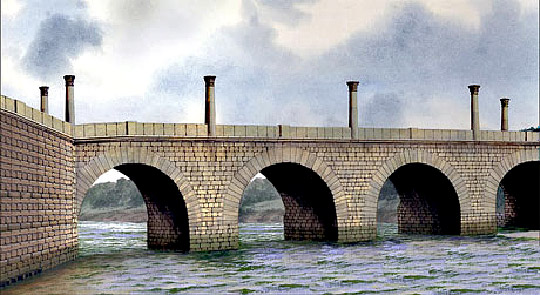Research on Corbridge Roman Town
Corbridge has a central place in modern archaeological research on the Roman northern frontier and has been extensively excavated. Nonetheless, there are still major gaps in our knowledge.

Excavations
In the summers leading up to the First World War Corbridge was the scene of a pioneering and extensive campaign of excavation, beginning in 1906, recorded in a series of classic reports and documented in a remarkable series of photographs.
Between the wars, the most famous 20th-century archaeologists of Hadrian's Wall, Ian Richmond and Eric Birley, turned their attention to the central part of the site. Later, between 1947 and 1973, the annual excavation at Corbridge became an acknowledged training ground for northern archaeologists of the period. The last excavation was on the site of the new museum building in 1980.
The excavations of 1947–73 were finally published, with the finds, in 1988,[1] and that of the Corbridge Hoard of armour was published separately in the same year.[2]
In 2004 rescue work on the southern river bank west of the site revealed the massive scale of construction of the road ramp leading onto the abutment of the Roman bridge.[3]
Gaps in Knowledge
- The plans of the early forts are only fragmentarily known and heavily reconstructed. There are few clues to the identity of the units present in the period between about AD 85 and about AD 160. Hardly anything is known about the civilian settlement(s) that must have lain outside these forts, although a cremation cemetery of this period is known north of the main site.
- The nature of the transition from fort to legionary supply base, and the plan of the earliest legionary accommodation of the AD 160s, are extremely obscure, as are the exact date and building sequence of the granaries, fountain, Site XI and the military compounds. The exact date of the 'Corbridge destruction deposit' remains uncertain. If more pottery is ever recovered from the fire deposit, and as knowledge of Roman pottery progresses, it may become possible to date it more closely.
- The excavations of 1947–73 concentrated almost exclusively on the earlier, military levels, and it is fair to say that the study of the later civil town has been neglected since the pre-1914 excavations. Basic information, such as the nature and plan of the defensive circuit, is lacking. Geophysical survey of the area within and over the probable walls of the town might well improve understanding of the layout.
- The administrative status of the town and its exact name are unknown: the well-known form Corstopitum (from the Antonine Itinerary) is corrupt.[4] The Vindolanda writing tablets indicate Coria ('hosting place') as the true name of the town[5] but omit the appendage which would state the unknown people whose centre this was.
- Study of architectural fragments reused in the late Roman road through the site has identified many of them as coming from classical temples, associated with the legionary cults of the later 2nd and earlier 3rd century. The location of the temples from which this material was brought remains a mystery. A series of rectangular buildings fronting the Stanegate road and avoided by the eastern compound wall have usually been identified as temples.[6] It has been argued recently, however, that these plots are more likely to be commercial or storage buildings, and that it would have been typical for a sanctuary to have lain some distance outside the centre of the settlement.[7]
READ MORE ABOUT CORBRIDGE ROMAN TOWN
Footnotes
1. MC Bishop and JN Dore, Corbridge: Excavations of the Roman Fort and Town 1947–80 (London, 1988).
2. L Allason-Jones and MC Bishop, Excavations at Roman Corbridge: The Hoard (London, 1988).
3. For an interim report see P Bidwell, 'The Roman bridge at Corbridge', in Hadrian's Wall 1999–2009: A Summary of Recent Excavation and Research, ed N Hodgson (Kendal, 2009), 101–5.
4. ALF Rivet and C Smith, The Place-names of Roman Britain (London, 1979), 322–4.
5. AK Bowman and JD Thomas, The Vindolanda Writing Tablets (Tabulae Vindolandenses II) (London, 1994), nos. 154, 175, 266, 312.
6. Following IA Richmond, 'Roman legionaries at Corbridge, their supply-base, temples and religious cults', Archaeologia Aeliana, 4th series, 21 (1943), 127–224.
7. N Hodgson, 'Roman architectural fragments at Corbridge: a survey and study', Arbeia Journal, 9 (2010), 1–42.
